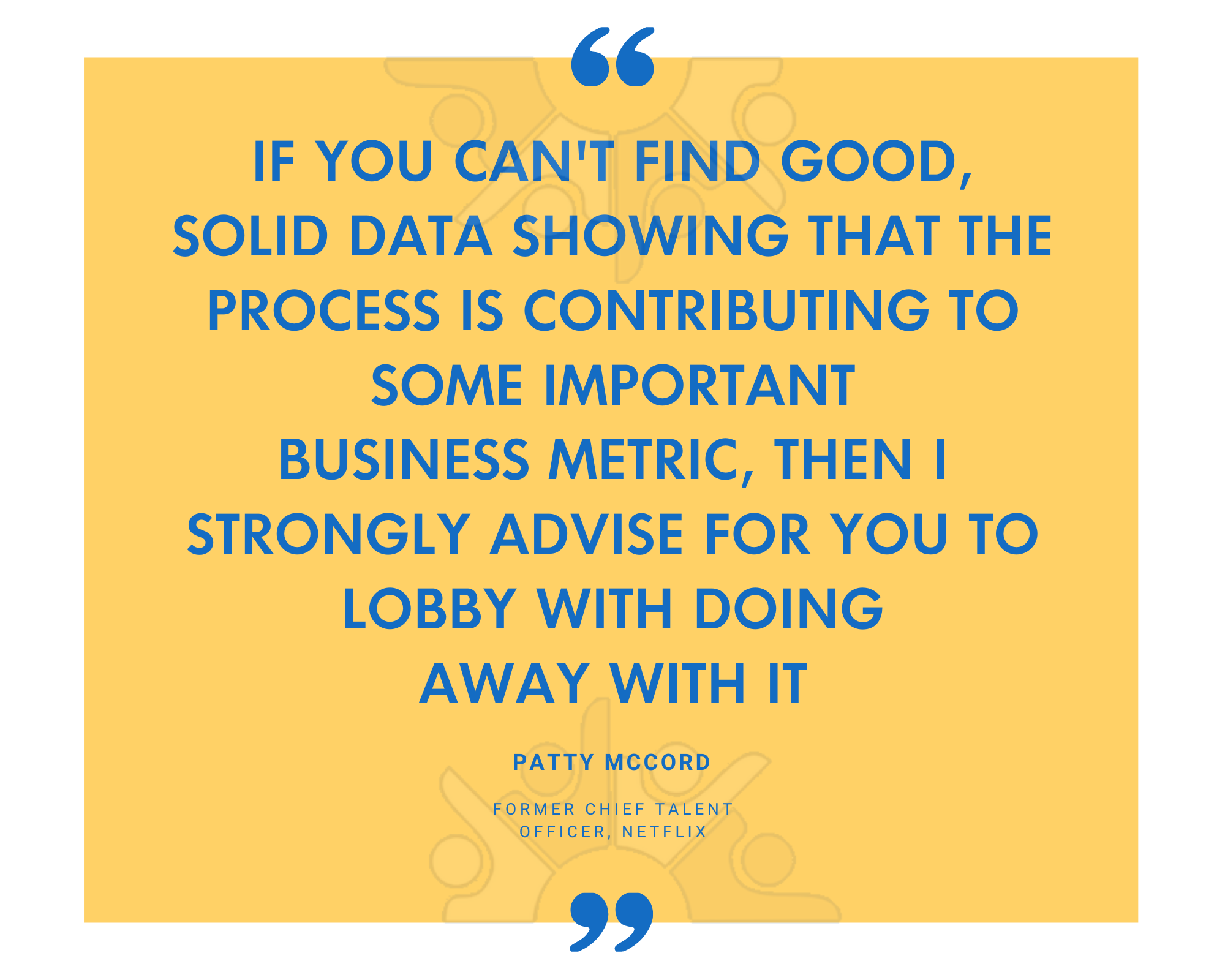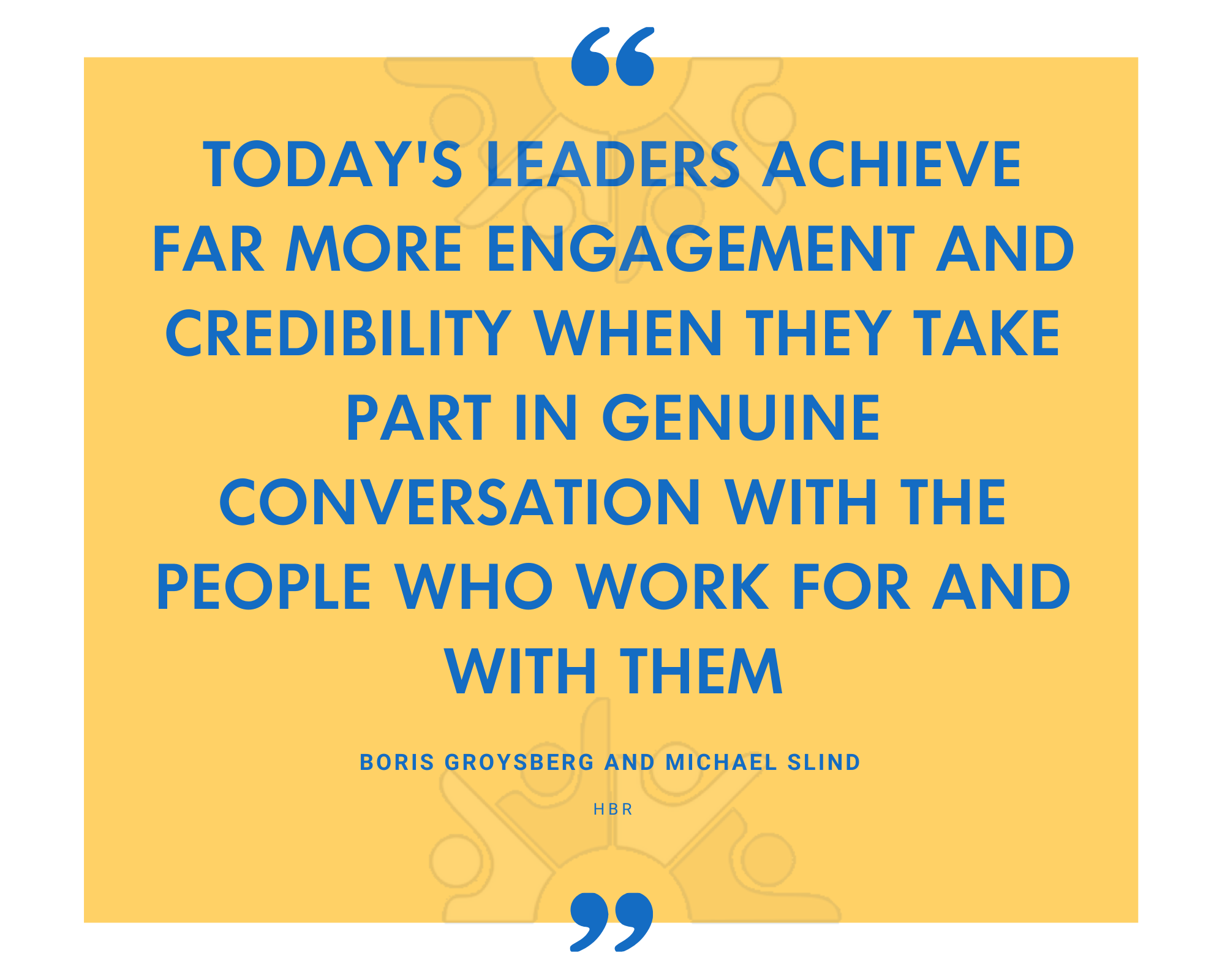Annual performance reviews are still commonly used in many businesses. Yet numerous studies have shown that ongoing feedback performance management can reduce staff turnover, minimize absenteeism and boost your bottom line through better engagement.
Here’s how annual performance reviews compare to ongoing feedback, and why continuous performance management benefits businesses who adopt it.
 Criticisms of annual performance reviews
Criticisms of annual performance reviews
One of the main problems highlighted by HR managers and business leaders regarding traditional annual performance review is that they are too rigid, and tied too firmly to compensation decisions. Add to that the fact that they are incredibly time-consuming and costly and it’s surprising how many companies still stick to annual reviews when devoting so much time and resources often fails to do an effective job of providing employees with the coaching and feedback they need to improve.
Some of the most successful businesses in the world have long since moved away from the annual performance review process, preferring instead to engage in ongoing feedback performance management to meet the demands of the modern world. Deloitte, General Electric, Google, Adobe and IBM are just some of the leaders in the business world who have adopted a process of ongoing feedback, addressing performance issues as soon as they arise.
Annual performance reviews VS ongoing feedback
Before looking at some of the advantages of ongoing feedback performance management in more detail, let’s take a look at some of the key differences between annual performance appraisals and regular ongoing feedback.
Performance Appraisals | Ongoing Feedback | |
Purpose | Evaluation of past work | Reinforcing or correcting behaviour |
Participants | Supervisor to direct report | Two or more people |
Location | Supervisor’s office | A quiet, private location |
Tone of Discussion | Formal | Usually casual, with more formal exceptions |
Time | Predetermined times, e.g. every six months/year | Regular meetings as required |
Follow-up | Based on any action plan created | Continual |
Moving to ongoing feedback
For companies still stuck in annual performance reviews, transforming your performance management into ongoing feedback can seem daunting. Introducing quarterly appraisals is one solution to help such a transition.
Patty McCord explains in her book Powerful: “When I was working at Pure Software, we switched to quarterly appraisals, which were much better than annual ones. Maybe that’s a good first step. One CEO I recommended this to said, ‘But I found the information from the annual review so valuable.’ Fine, but how much more valuable would that be if it came more fluidly?”
 Reducing staff turnover
Reducing staff turnover
Based on the average salary in the UK, the average cost of employee turnover is £30,614, with this figure rising for specialist roles which require even more time and resources to retrain new hires. Replacing staff costs British businesses around £4 billion per year, so implementing measures to reduce turnover can save your company potentially huge sums.
Ongoing feedback performance management offers businesses one of the most effective tools for improving employee retention and ensuring your employees are aligned with the goals of your company. A study from Gallup revealed that giving regular feedback to employees based on their strengths had turnover rates that were 14.9% lower than for employees who received no feedback.
The study went on to explain the significance of developing a positive feedback loop:
“People who are engaged are more successful, and success helps people engage in their work. We have also seen that strengths-oriented teams improve engagement and team cohesion; thus, they have less turnover — creating conditions that improve the likelihood of success. So it seems that both engagement and strengths orientation create a culture that fosters performance.”

Minimizing absenteeism
A separate study from Gallup, Engagement Index Deutschland 2015, estimated that a company with 500 employees could save approximately 278,000 euros every year by minimizing absenteeism by increasing the emotional engagement of their employees. Regular feedback with the help of a performance management system fosters a sense of belonging and meaning within an organization through repeated engagement. Emboldened with a sense of purpose, employees are more enthusiastic about the work they do and therefore less likely to take time off.
You can use this ROI calculator to help determine your potential savings on absenteeism and turnover through the use of ongoing feedback performance management.
Delivering timely employee training
A consistent complaint about annual performance appraisals is that often too much time has passed between the emergence of a problem and the appraisal meeting; sometimes months can pass by before a solution is presented to an ongoing concern.
Regular feedback solves this issue by removing the barrier of time from the point where a problem arises and the application of a solution. Whether this means making sure a member of staff gets the training they need when they need it, in order to bring them up to speed and boost their performance, or identifying requirements for ongoing coaching so team members don’t lag behind, ongoing feedback performance management provides managers and leaders with the tools to act in a timely manner.
Reducing burnout
Improving feedback drives performance, giving your employees a clear comprehension of their expectations built upon a better self-perception while allowing managers to direct them to tasks that maximize their strengths, give them support and offer more opportunities to learn.
Additionally, high engagement through regular feedback can help reduce burnout. A study from Gallup revealed that, out of a sample of 7,500 employees, 23% reported feeling burned out at work very often or always, while an additional 44% reported feeling burned out sometimes. Absenteeism due to sickness and stress and increased staff turnover are just some of the consequences.
Regular conversations between managers and employees can help identify the causes of burnout before they lead to more serious issues, bringing to light any unfair treatment or lack of communication and support, as well as allowing managers to adjust workloads and deadlines to help employees avoid catastrophe.
Implementing ongoing performance management with the help of a comprehensive software suite will allow your company to go beyond traditional annual performance reviews and foster a committed, engaged workforce capable of delivering the best results.



 Criticisms of annual performance reviews
Criticisms of annual performance reviews Reducing staff turnover
Reducing staff turnover

